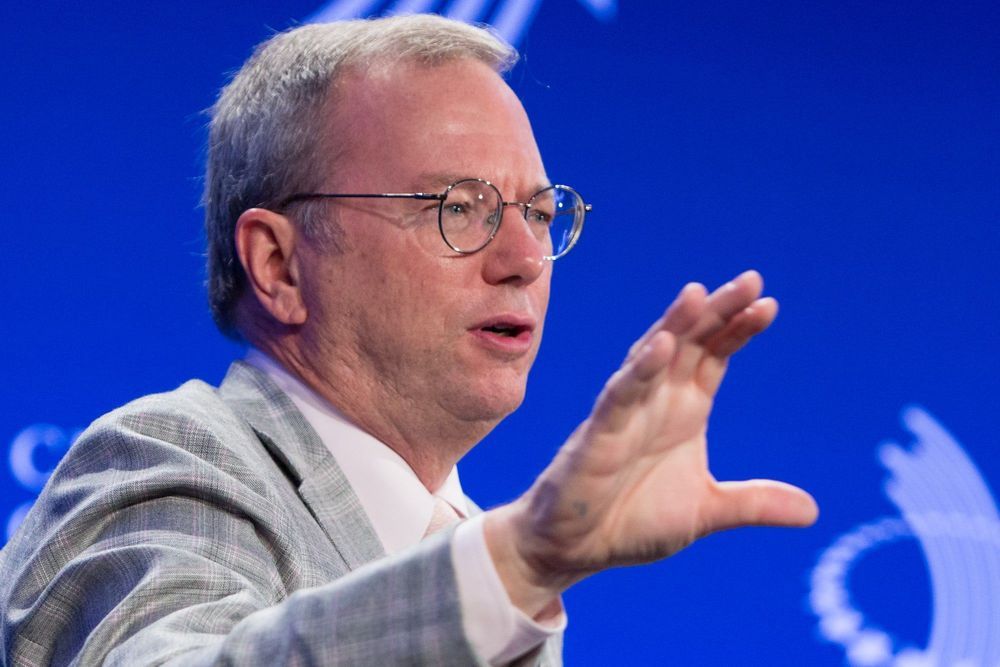The Pentagon’s controversial $10bn JEDI cloud computing deal is one of the most lucrative defense contracts ever. Amazon’s in pole position to win—and its move into the military has been a long time coming.


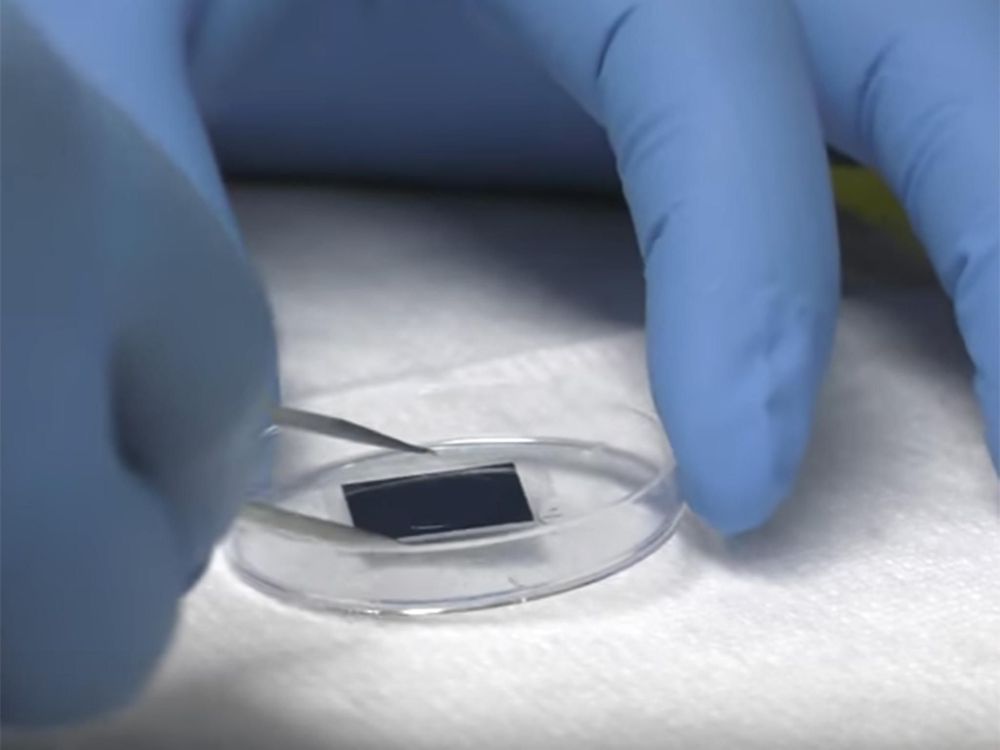
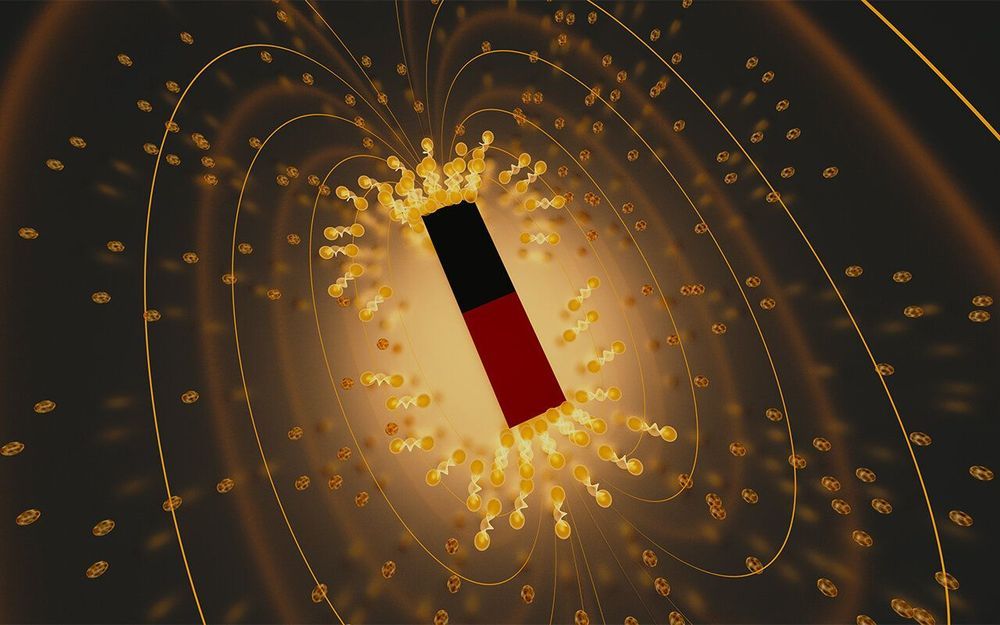
Researchers from the University of Maryland, the National Institute of Standards and Technology (NIST), the National High Magnetic Field Laboratory (NHMFL) and the University of Oxford have observed a rare phenomenon called re-entrant superconductivity in the material uranium ditelluride. The discovery furthers the case for uranium ditelluride as a promising material for use in quantum computers.
Nicknamed “Lazarus superconductivity” after the biblical character who rose from the dead, the phenomenon occurs when a superconducting state arises, breaks down, then re-emerges in a material due to a change in a specific parameter—in this case, the application of a very strong magnetic field. The researchers published their results on October 7, 2019, in the journal Nature Physics.
Once dismissed by physicists for its apparent lack of interesting physical properties, uranium ditelluride is having its own Lazarus moment. The current study is the second in as many months (both published by members of the same research team) to demonstrate unusual and surprising superconductivity states in the material.
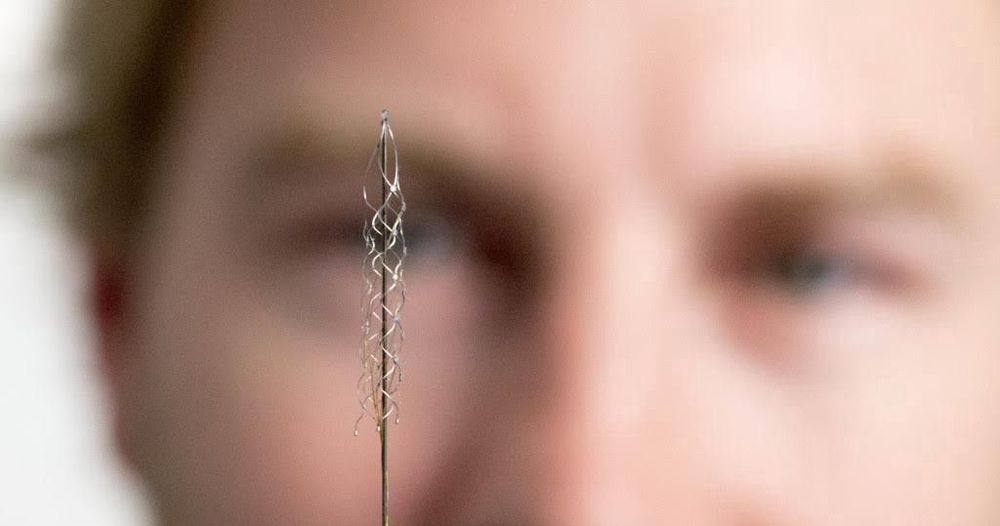
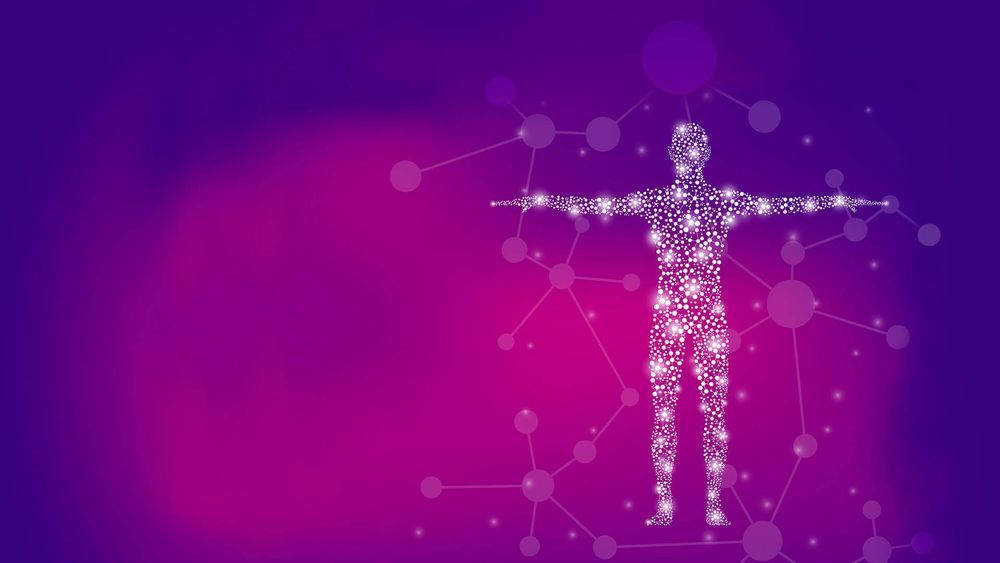
For the “big data” revolution to continue, we need to radically rethink our hard drives. Thanks to evolution, we already have a clue.
Our bodies are jam-packed with data, tightly compacted inside microscopic structures within every cell. Take DNA: with just four letters we’re able to generate every single molecular process that keeps us running. That sort of combinatorial complexity is still unheard of in silicon-based data storage in computer chips.
Add this to the fact that DNA can be dehydrated and kept intact for eons—500,000 years and counting—and it’s no surprise that scientists have been exploiting its properties to encode information. To famed synthetic biologist Dr. George Church, looking to biology is a no-brainer: even the simple bacteria E. Coli has a data storage density of 1019 bits per cubic centimeter. Translation? Just a single cube of DNA measuring one meter each side can meet all of the world’s current data storage needs.

L AS VEGAS — At a biohacker conference convened here the other day, panelists took to the stage, settled into their chairs, and launched into their slide decks. Not Anastasia Synn.
https://www.youtube.com/watch?v=cn-v5XUl35c#t=1h41m20s
With Frank Sinatra crooning “I’ve Got You Under My Skin” over the loudspeakers, Synn pulled out a giant needle and twisted it deeper and deeper into her left forearm as the music played on. It was only after finishing her routine, capped off by loud applause from the crowd of biohackers, that Synn sat down for a fireside chat about her work as a “cyborg magician.”
Synn has 26 microchips and magnets implanted throughout her body. Unlike many biohackers who experiment purely out of personal interest, Synn does it for her magic career. These days, she’s doing less performing on stage and spending more time designing bodily implants for other magicians.
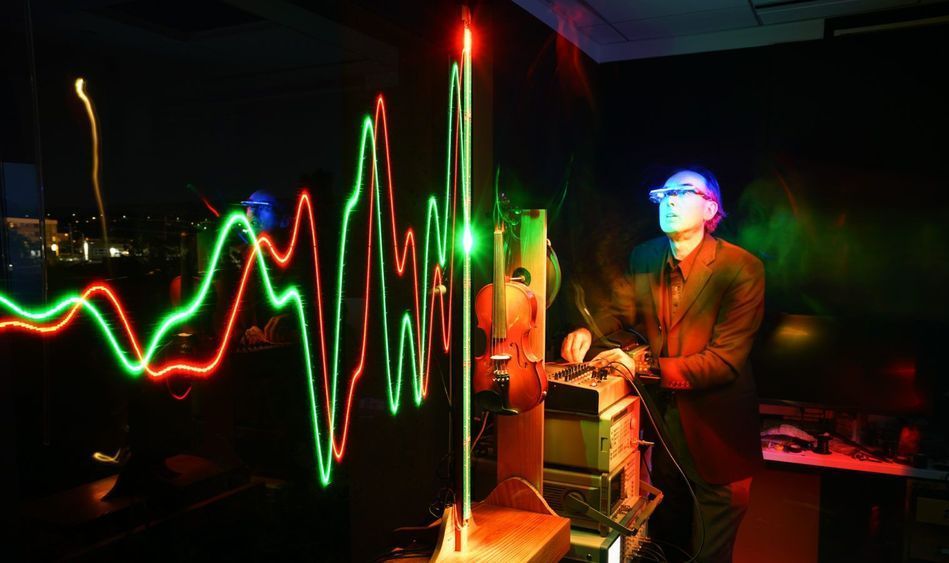

Drew Endy almost can’t talk fast enough to convey everything he has to say. It’s a wonderfully complex message filled with nuance, a kind of intricate puzzle box being built by a pioneer of synthetic biology who wants to fundamentally rejigger the living world.
Endy heads a research team at Stanford that is, as he puts it, building genetically encoded computers and redesigning genomes. What that means: he’s trying to engineer life forms to do useful things. Just about anything could come out of this toolkit: new foods, new materials, new medicines. So you are unlikely to find anyone who is more optimistic than he is about the potential for synthetic biology to solve big problems.
That’s what makes Endy so compelling when he worries about how the technology is being developed. Perhaps more than anyone else working in synthetic biology, Endy has tried to hold the community to account.
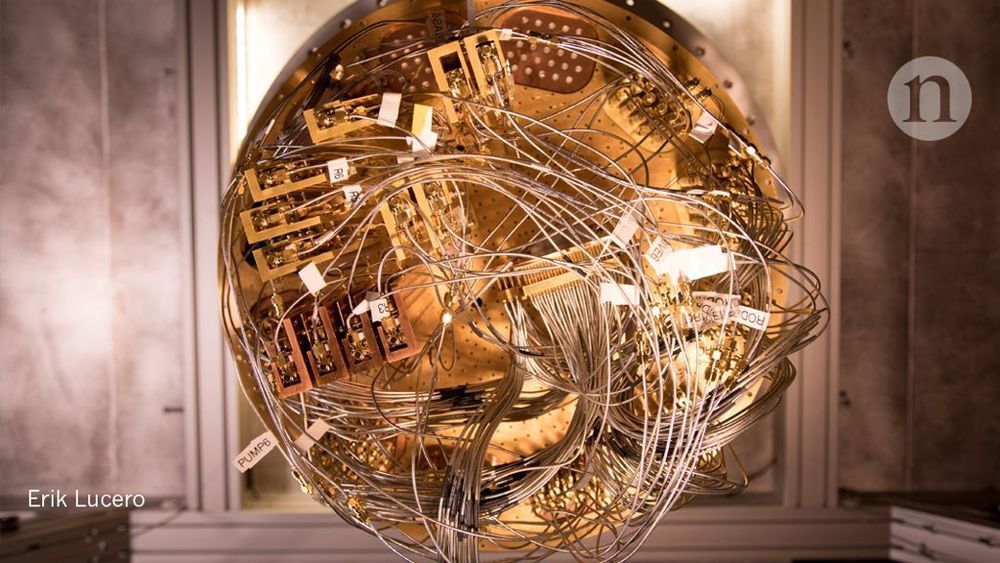
Some researchers have raised the possibility that, if quantum computers fail to deliver anything of use soon, a quantum winter will descend: enthusiasm will wane and funding will dry up before researchers get anywhere close to building full-scale machines. “Quantum winter is a real concern,” Preskill says. But he remains upbeat, because the slow progress has forced researchers to adjust their focus and see whether the devices they already have might be able to do something interesting in the near future.
Researchers search for ways to put today’s small noisy quantum systems to work. The hunt for useful quantum computers.
